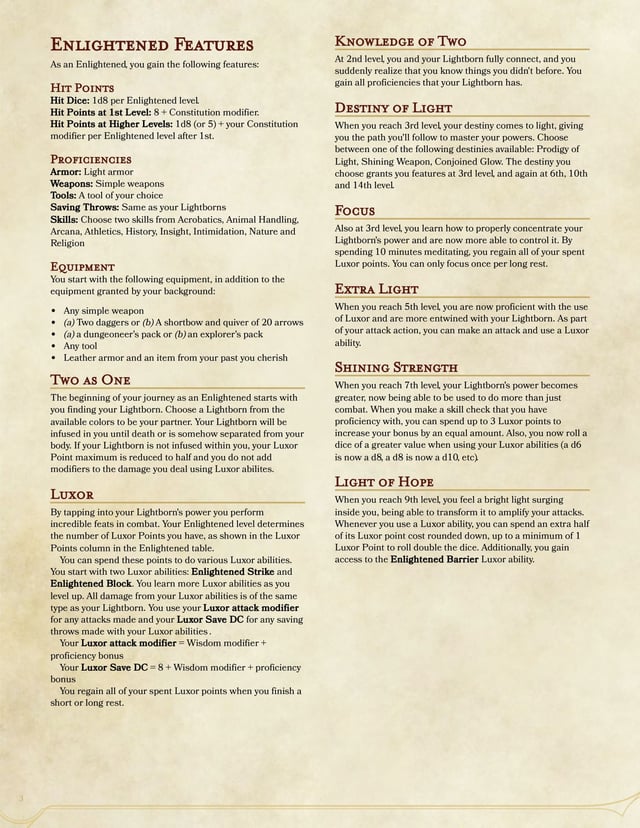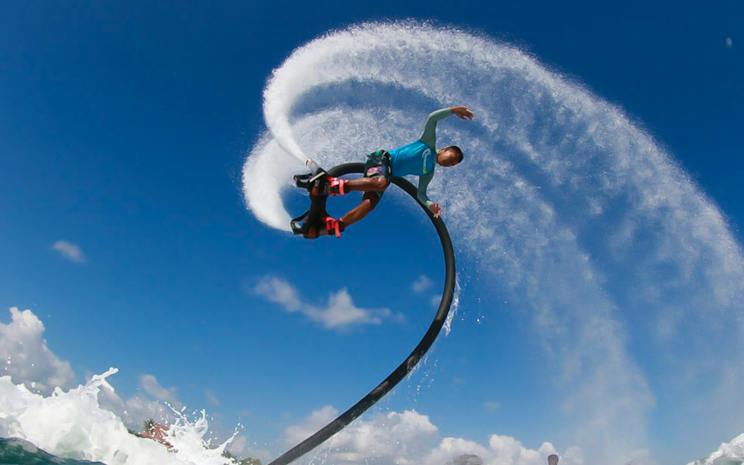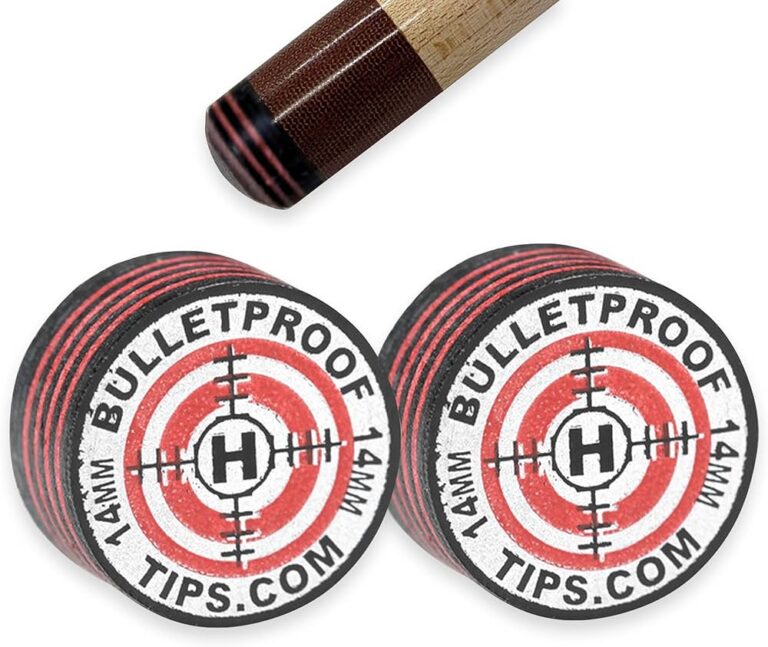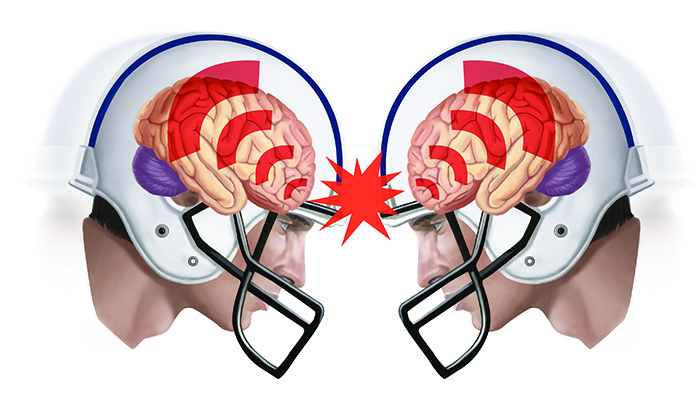Cross-training is a training method that involves participating in different sports or activities to improve overall fitness and performance. For hockey players, cross-training can provide numerous benefits that can enhance their skills on the ice. By incorporating sports like soccer and lacrosse into their training routine, hockey players can improve their footwork, agility, hand-eye coordination, stick skills, conditioning, and mental toughness.
Key Takeaways
- Cross-training can benefit hockey players by improving footwork, agility, hand-eye coordination, stick skills, and conditioning.
- Soccer can help hockey players improve their footwork and agility, while lacrosse can enhance their hand-eye coordination and stick skills.
- Incorporating different sports into your training can help you develop a well-rounded game and avoid burnout.
- Cross-training can also have mental benefits for hockey players, especially when it comes to avoiding burnout.
- Youth hockey players can build a strong foundation for their game through cross-training, and combining strength training with cross-training can help maximize their potential.
Soccer for Hockey Players: Improving Footwork and Agility
Soccer is a sport that requires quick footwork, agility, and the ability to change direction rapidly. These skills are also crucial in hockey, where players need to maneuver around opponents and make quick turns on the ice. By participating in soccer drills and exercises, hockey players can improve their footwork and agility, which can translate to better performance on the ice.
One specific drill that can benefit hockey players is the ladder drill. This drill involves setting up a ladder on the ground and performing various footwork patterns by stepping in and out of the ladder rungs. This drill helps improve foot speed, coordination, and agility. Another exercise that can be beneficial is cone dribbling. This exercise involves setting up cones in a straight line and dribbling a soccer ball through them using both feet. This helps improve ball control, balance, and coordination.
Lacrosse for Hockey Players: Enhancing Hand-Eye Coordination and Stick Skills
Lacrosse is a sport that requires excellent hand-eye coordination and stick skills. These skills are also essential in hockey, where players need to handle the puck with precision and accuracy. By incorporating lacrosse into their training routine, hockey players can enhance their hand-eye coordination and stick skills.
One specific drill that can benefit hockey players is wall ball. This drill involves throwing a lacrosse ball against a wall and catching it with the stick. This helps improve hand-eye coordination, stick handling, and reaction time. Another exercise that can be beneficial is the cradling drill. This exercise involves cradling the lacrosse ball in the stick while running or moving around. This helps improve stick control, balance, and coordination.
The Importance of Conditioning in Hockey: How Soccer and Lacrosse Can Help
| Metrics | Importance |
|---|---|
| Endurance | Improves ability to play at high intensity for longer periods of time |
| Speed | Allows players to quickly move around the ice and react to game situations |
| Agility | Enables players to change direction quickly and evade opponents |
| Power | Increases shot power and body checking ability |
| Balance | Improves stability on skates and ability to stay on feet during physical play |
| Coordination | Enhances ability to handle the puck and make precise movements on the ice |
| Mental Toughness | Develops resilience and ability to perform under pressure |
Conditioning is a crucial aspect of hockey, as players need to have the endurance and stamina to perform at a high level throughout the game. Soccer and lacrosse can both help improve conditioning for hockey players.
Soccer is a sport that involves continuous running and high-intensity bursts of speed. By participating in soccer drills and exercises, hockey players can improve their cardiovascular fitness and endurance. This can help them maintain a high level of performance on the ice for longer periods of time.
Lacrosse is a sport that requires quick bursts of speed and agility. By incorporating lacrosse into their training routine, hockey players can improve their anaerobic fitness and explosive power. This can help them generate more speed and power on the ice, allowing them to outperform their opponents.
Developing a Well-Rounded Game: Incorporating Different Sports into Your Training
In hockey, having a well-rounded game is essential for success. By incorporating different sports into their training routine, hockey players can develop a diverse set of skills that can give them an edge on the ice.
Sports like soccer and lacrosse can help improve specific aspects of a player’s game, such as footwork, agility, hand-eye coordination, stick skills, and conditioning. By participating in these sports, hockey players can develop a more versatile skill set that can make them more effective in different situations on the ice.
In addition to soccer and lacrosse, there are other sports that can benefit hockey players. Basketball can improve agility, jumping ability, and hand-eye coordination. Tennis can enhance hand-eye coordination, footwork, and reaction time. Swimming can improve cardiovascular fitness and overall body strength. By incorporating a variety of sports into their training routine, hockey players can become well-rounded athletes who are prepared for any situation on the ice.
Avoiding Burnout: The Mental Benefits of Cross-Training

Cross-training not only provides physical benefits but also mental benefits for hockey players. Participating in different sports can help prevent burnout and keep players mentally fresh and motivated.
By engaging in different activities, hockey players can break up the monotony of their training routine and keep things interesting. This can help prevent boredom and maintain a high level of motivation. Additionally, cross-training allows players to focus on different skills and aspects of their game, which can help prevent mental fatigue and burnout.
Cross-Training for Youth Hockey Players: Building a Strong Foundation
Cross-training is especially beneficial for youth hockey players who are still developing their skills and physical abilities. By participating in different sports, young players can build a strong foundation of skills and athleticism that will benefit them as they progress in their hockey careers.
Youth hockey players can benefit from soccer by improving their footwork, agility, and overall athleticism. They can benefit from lacrosse by enhancing their hand-eye coordination, stick skills, and overall coordination. By incorporating these sports into their training routine at a young age, youth hockey players can develop a well-rounded skill set that will serve them well as they continue to grow and improve.
Combining Strength Training with Cross-Training: Maximizing Your Potential
To maximize their potential as hockey players, it is important for athletes to combine strength training with cross-training. Strength training helps build muscle strength, power, and endurance, which are all crucial for success on the ice.
By incorporating strength training exercises into their cross-training routine, hockey players can improve their overall physical fitness and performance. Exercises such as squats, deadlifts, lunges, and plyometrics can help improve leg strength, power, and explosiveness. Upper body exercises such as bench press, shoulder press, and pull-ups can help improve upper body strength and stability.
By combining strength training with cross-training, hockey players can develop a well-rounded physical fitness routine that will enhance their performance on the ice.
Tips for Incorporating Soccer and Lacrosse into Your Hockey Training Routine
Incorporating soccer and lacrosse into a hockey training routine can be challenging, but with the right approach, it can be done effectively. Here are some tips to help hockey players balance cross-training with regular hockey training:
1. Plan your schedule: Create a training schedule that includes specific days and times for soccer, lacrosse, and hockey training. This will help you stay organized and ensure that you are dedicating enough time to each sport.
2. Prioritize recovery: Cross-training can be physically demanding, so it is important to prioritize recovery. Make sure to include rest days in your training schedule and incorporate activities such as stretching, foam rolling, and proper nutrition to aid in recovery.
3. Communicate with coaches: If you are participating in multiple sports, it is important to communicate with your coaches to ensure that your training is balanced and aligned with your goals. They can provide guidance on how to incorporate cross-training into your hockey training routine effectively.
4. Be consistent: Consistency is key when it comes to cross-training. Make sure to stick to your training schedule and commit to putting in the work for each sport. Consistency will help you see progress and improvements in your skills and performance.
Taking Your Hockey Game to the Next Level with Cross-Training
Cross-training is a valuable tool for hockey players looking to take their game to the next level. By incorporating sports like soccer and lacrosse into their training routine, hockey players can improve their footwork, agility, hand-eye coordination, stick skills, conditioning, and mental toughness.
In addition to the physical benefits, cross-training can also help prevent burnout and keep players mentally fresh and motivated. By participating in different sports, hockey players can break up the monotony of their training routine and maintain a high level of motivation.
Whether you are a youth hockey player looking to build a strong foundation or an experienced player looking to enhance your skills, cross-training can provide numerous benefits that can improve your performance on the ice. So lace up your soccer cleats, grab your lacrosse stick, and start incorporating cross-training into your hockey training routine today. Your game will thank you.
If you’re a hockey enthusiast looking to expand your sports repertoire, you might be interested in exploring unique sports with their own set of equipment or rules. Off to Sports has an informative article that delves into this topic, highlighting various sports that offer a fresh and exciting experience. One such sport is street hockey, which can be played in a street festival setting. To learn more about these intriguing sports, check out the article here. Additionally, if you’re feeling adventurous, the same website also features an article on sports that can be played in a jungle environment. Discover new and thrilling ways to enjoy your love for sports by clicking here.
FAQs
What are the benefits of playing sports for hockey players?
Playing sports can help hockey players improve their overall fitness, endurance, and agility. It can also help them develop important skills such as hand-eye coordination, balance, and reaction time.
What are some recommended sports for hockey players to play?
Some recommended sports for hockey players to play include soccer, basketball, lacrosse, and tennis. These sports can help improve a player’s speed, agility, and hand-eye coordination.
How can playing other sports help with hockey?
Playing other sports can help hockey players develop different muscle groups and skills that can be beneficial on the ice. For example, playing soccer can help improve a player’s footwork and endurance, while playing basketball can help improve their agility and reaction time.
Can playing other sports help prevent injuries in hockey?
Yes, playing other sports can help prevent injuries in hockey by improving a player’s overall fitness and conditioning. It can also help prevent overuse injuries by giving certain muscle groups a break while still maintaining overall fitness.
Should hockey players only focus on playing hockey?
No, hockey players should not only focus on playing hockey. Playing other sports can help improve their overall athleticism and prevent burnout from playing only one sport. It can also help them develop new skills that can be beneficial on the ice.






